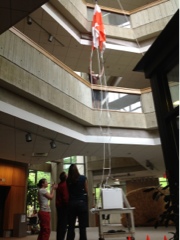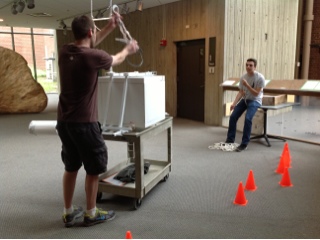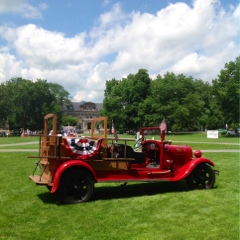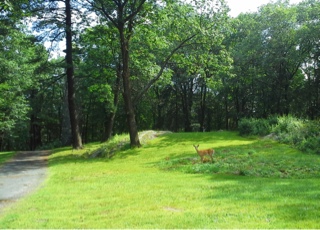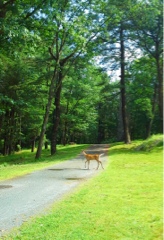This test accomplishes a few things. As we stated above this allows us to make sure that the payloads hang evenly, but we also take the weight of the payload as well. Knowing the weight helps us determine how much we need to fill up the balloons with helium. We don't want too much helium as that could either burst the balloon or have us flying at too high of an altitude, and we don't want too little as then we might not get up to the correct altitude or may come down too early.
This is also one of the last things we do before shipping the payloads off to storage so having the hang test means we're getting closer to the finish line!
Here you can see the payload sitting on the cart and the parachute up on the second floor
One of the most important jobs, just like when climbing, is the belaying. We don't want the payload to fall either on us, or just to the ground and break!
